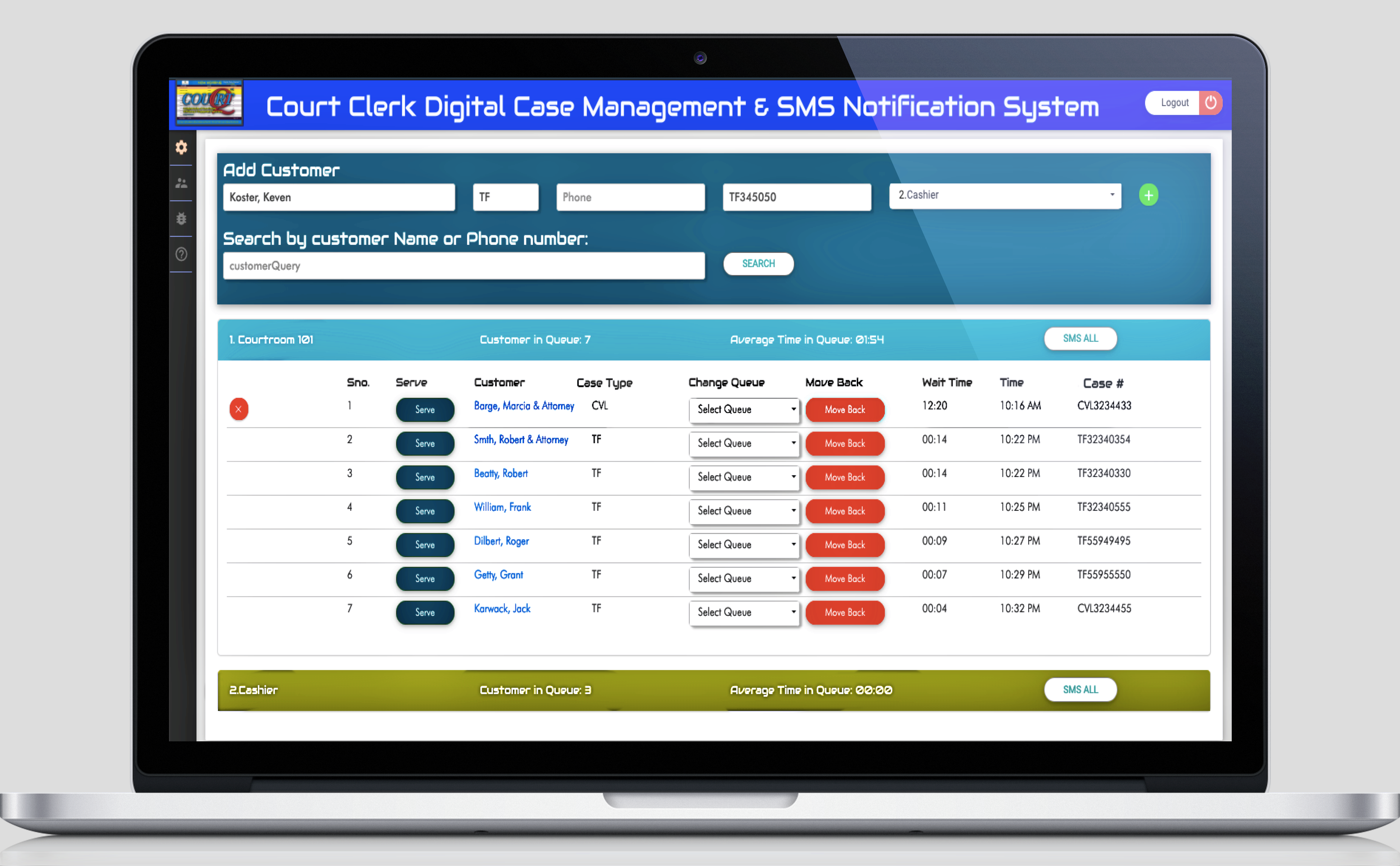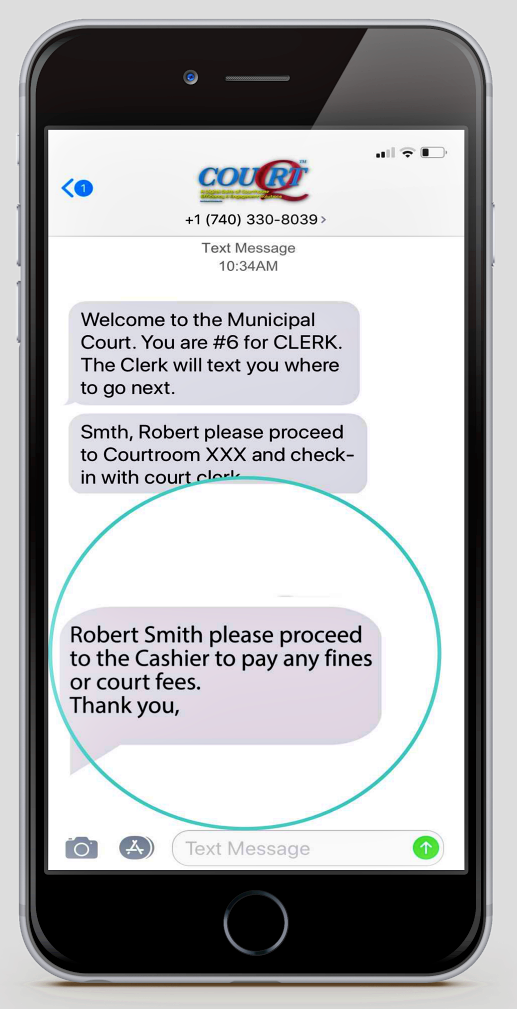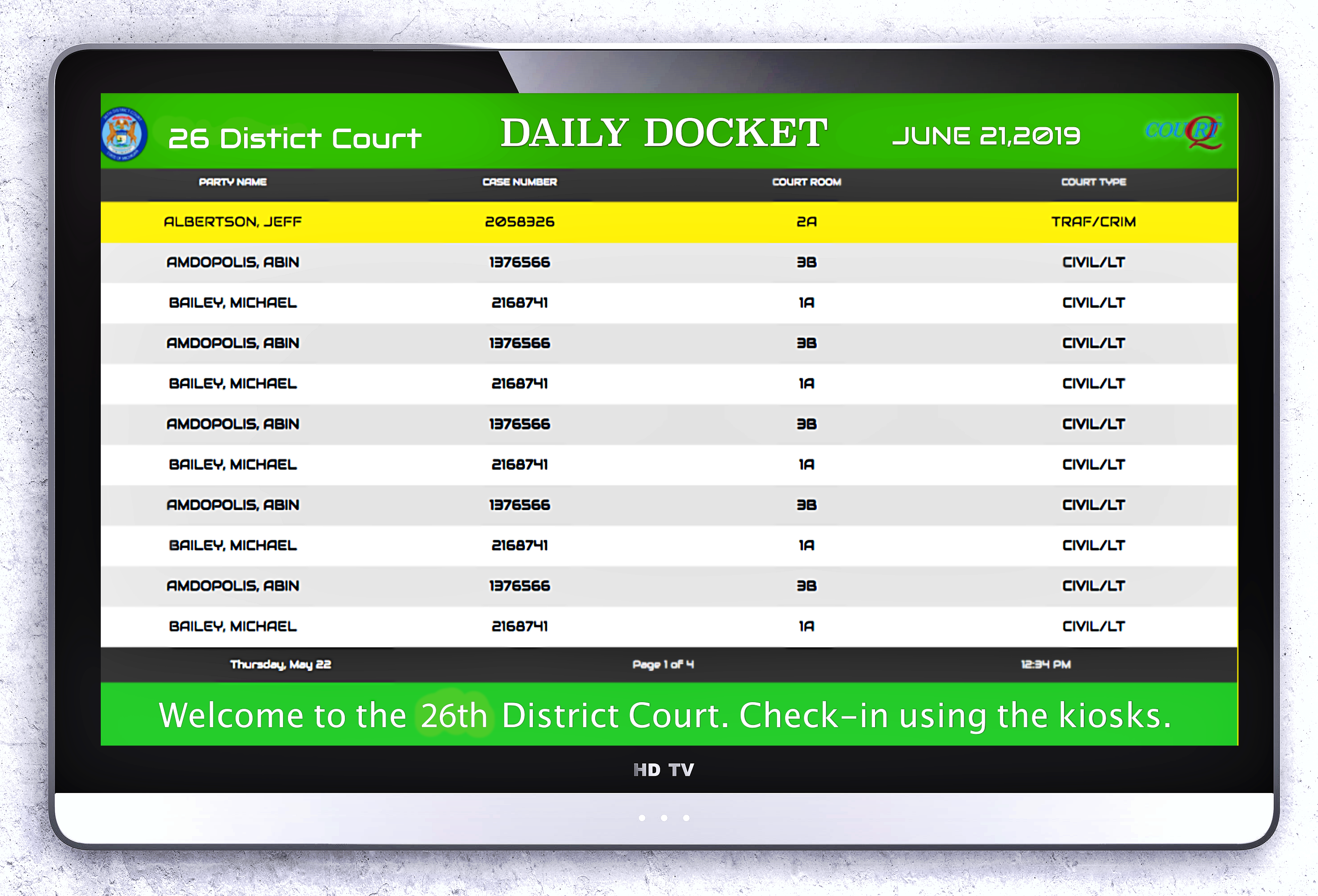
SMS Queue Management Apps and Waiting Line Management Systems are synonymous, both aim to achieve optimal customer flow, however, SMS queuing management apps and customer waiting line management system can be fundamentally different in design and effectiveness. Why it matters, it’s estimated Americans spend 37 billion hours waiting in line annually. Wait time is directly affected by the waiting line system in use. http://queuemobile4.inube.com/blog/8499478//
According to the technology blog Automate the Wait! SMS queue management apps, such as QueueMobile achieves optimal customer flow-through through “virtual queuing”. SMS queue management software eliminates the physical waiting line by creating virtual queues using interactive SMS messaging and digital displays of the wait order across multiplequeues. Customer queue management systems that use SMS queuing are purely digital queue management software system. Advanced mobile queuing applications, such as QueueMobile, go beyond the virtual waiting to include digital workflow efficiencies, creating a seamless customer journey across multiple departments.
Waiting Line Management systems can be Customer Queue Management Software such as electronic queuing systems, using just digital signage to signify to customers in line, the next open service desk. Ideal for retail. Take a ticket system is a common waiting line management system using numbered tickets to maintain order and fairness for services that require a longer wait, such as a deli counter. Waiting line management systems and queue management systems are designed to organize the wait, maintaining a sense of fairness, through the order of the wait, usually first come, first serve, examples include grocery stores and bank. Common physical waiting lines, which often double for crowd control, is stanchions and rope posts, examples include the “velvet rope” at a Hollywood premiere, or perhaps an art exhibit.
Before SMS queue management apps organizations had little choice in how they could manage long queues and maintain customer satisfaction. Fewer attendants might be inexpensive, at least in the short run, but often incurring longer wait times and greater customer dissatisfaction, costing the organization customers in the long run. Typically providing a high level of service is costly, requiring more man-hours, however with SMS queue management apps the additional cost of the software is the only expense, the number of attendants can remain the same, according to Social Mobile Trends. Customers still have to wait but not standing in line. When customers are waiting without standing in line they tend to spend more money. SMS queue management systems generate a return on investment, unlike traditional waiting lines.
Learn more visit QueueMobile.com
References
Queue management system
https://en.wikipedia.org/wiki/Queue_management_system


